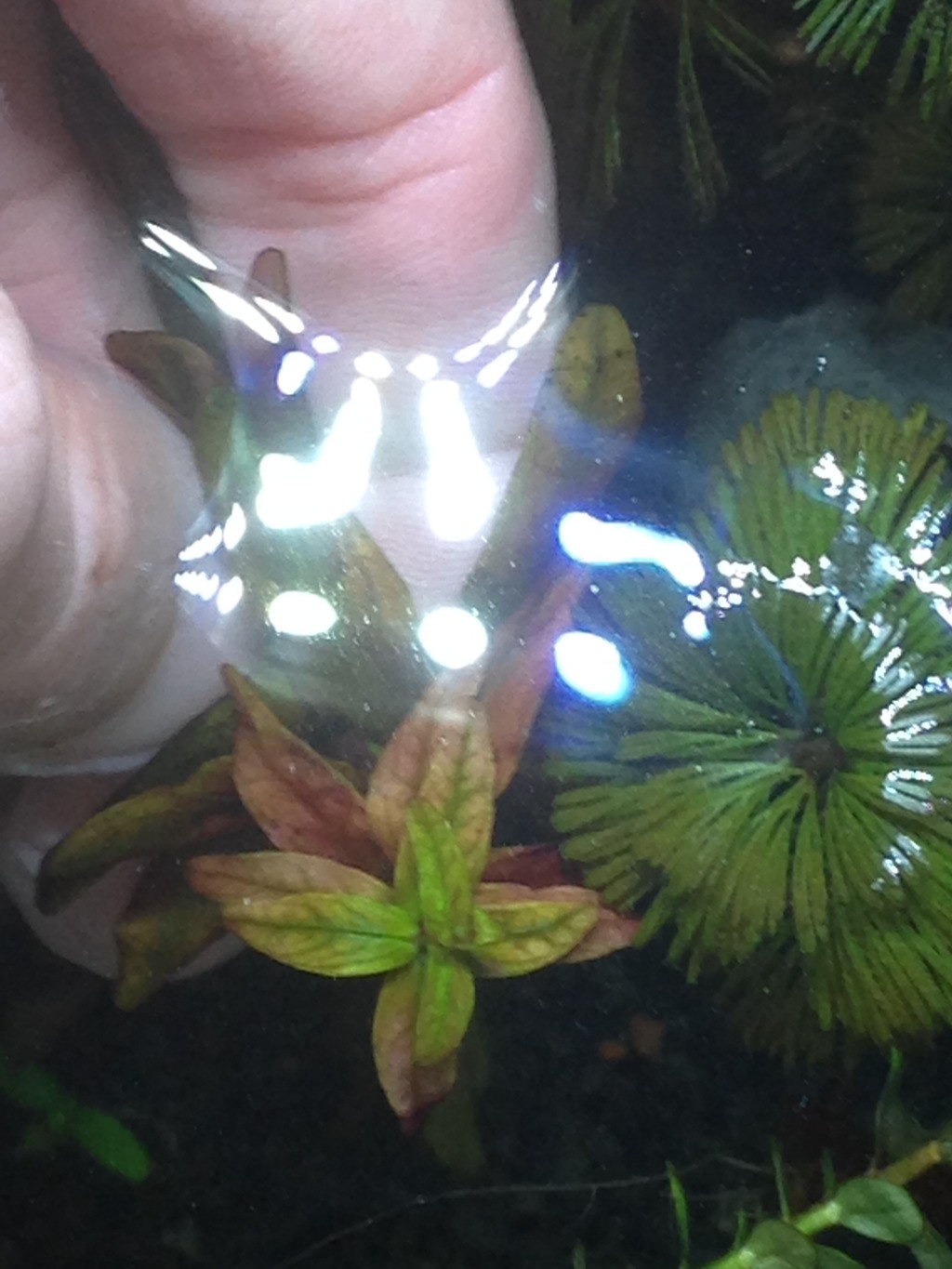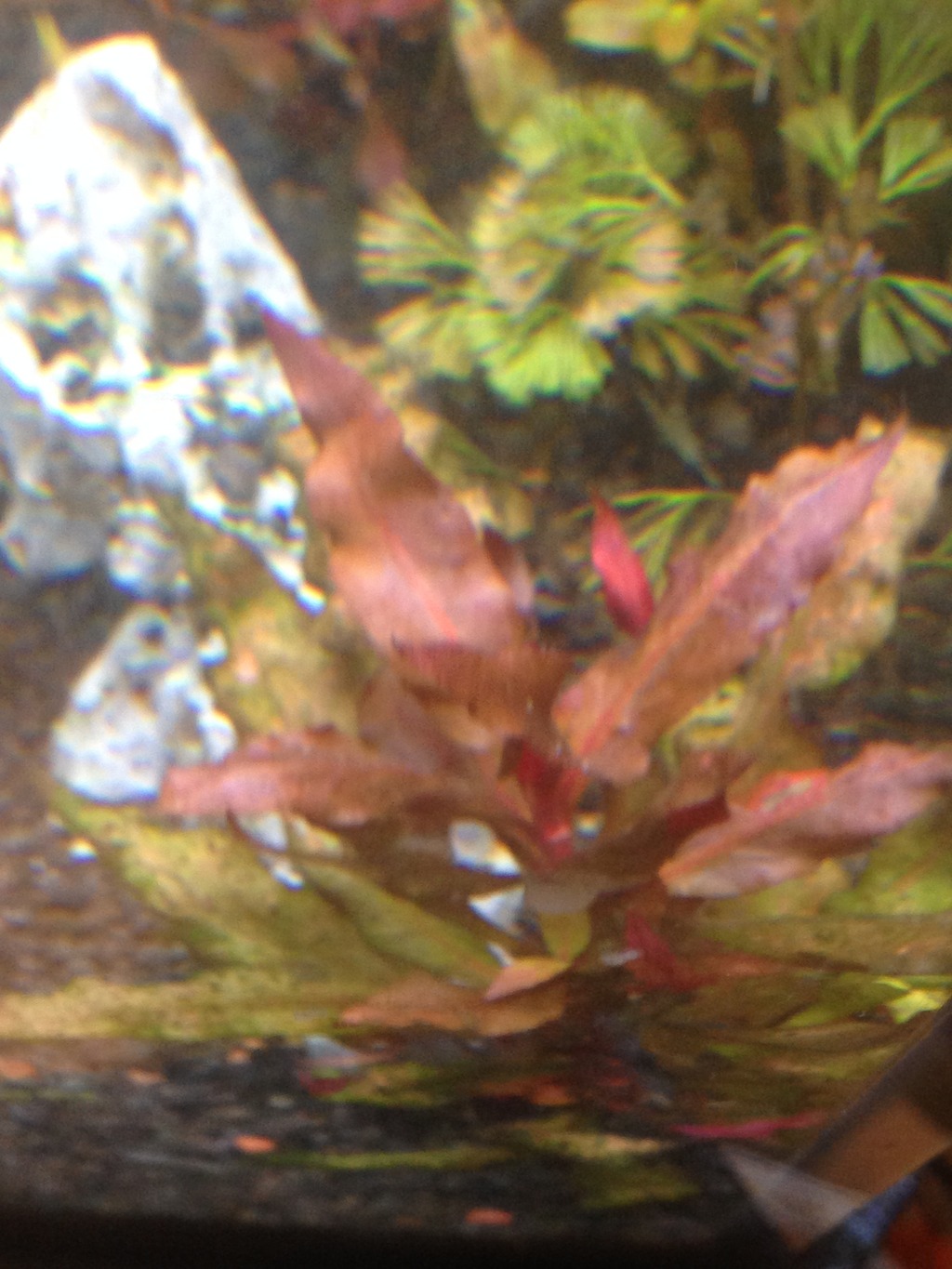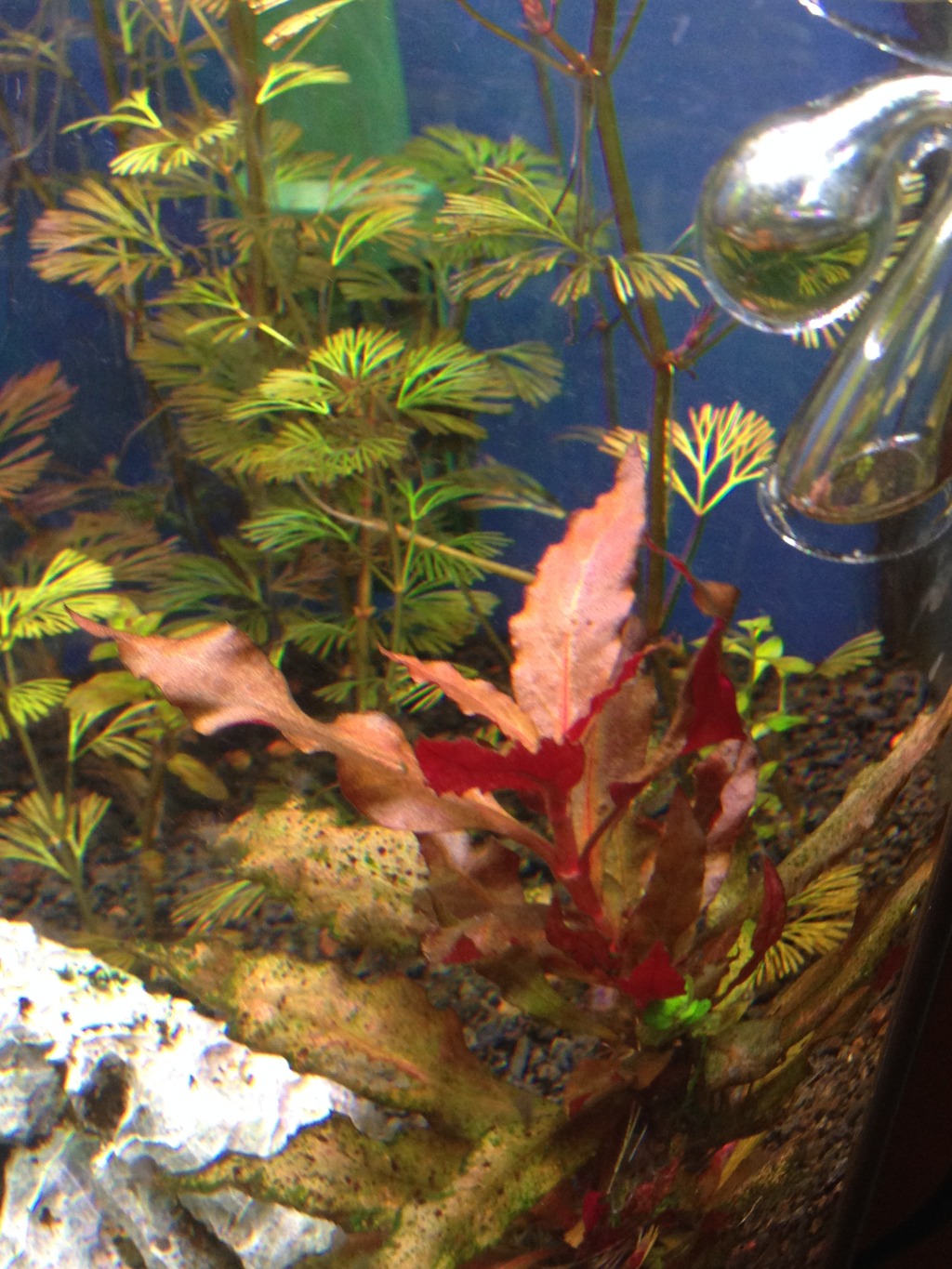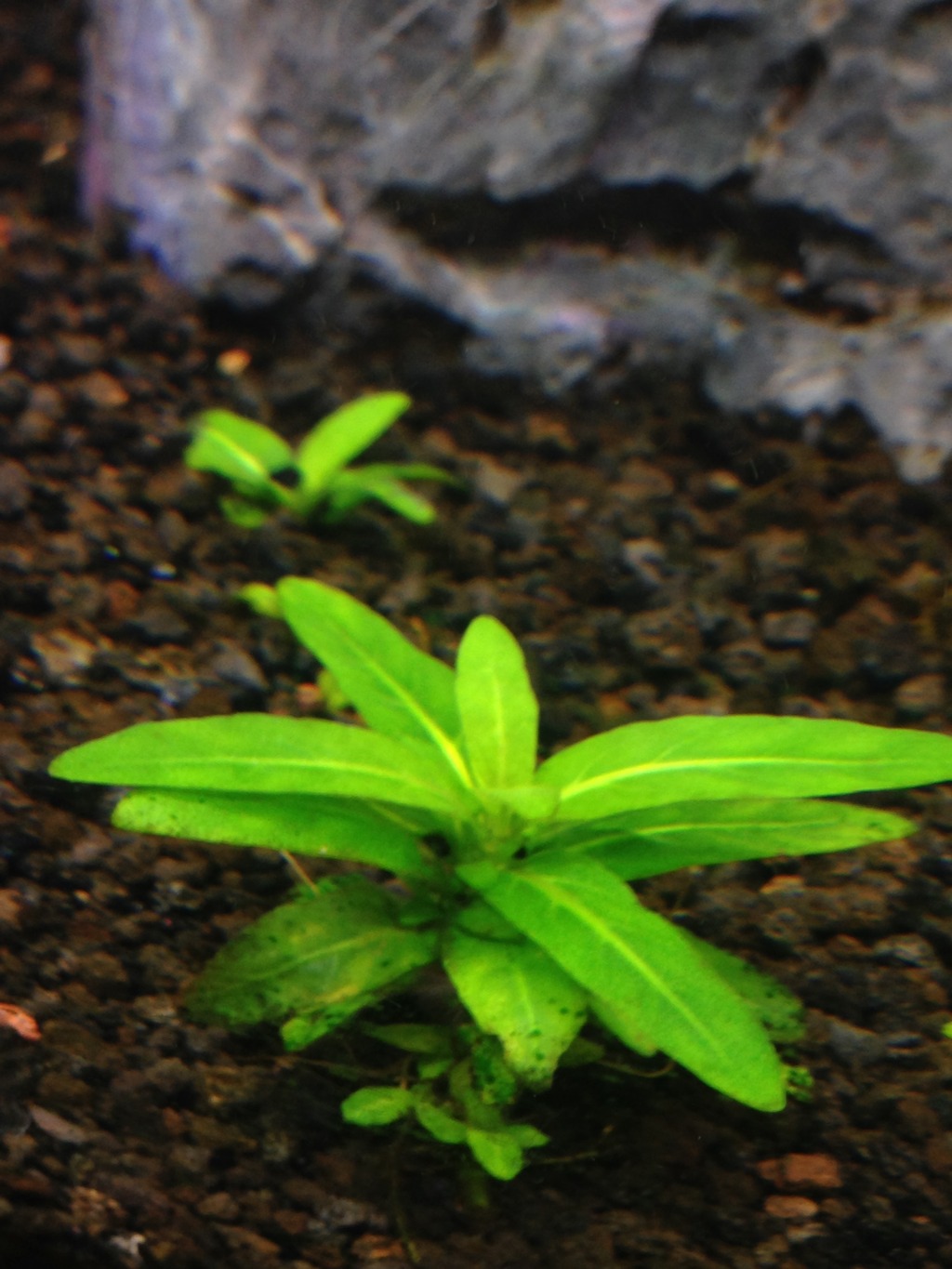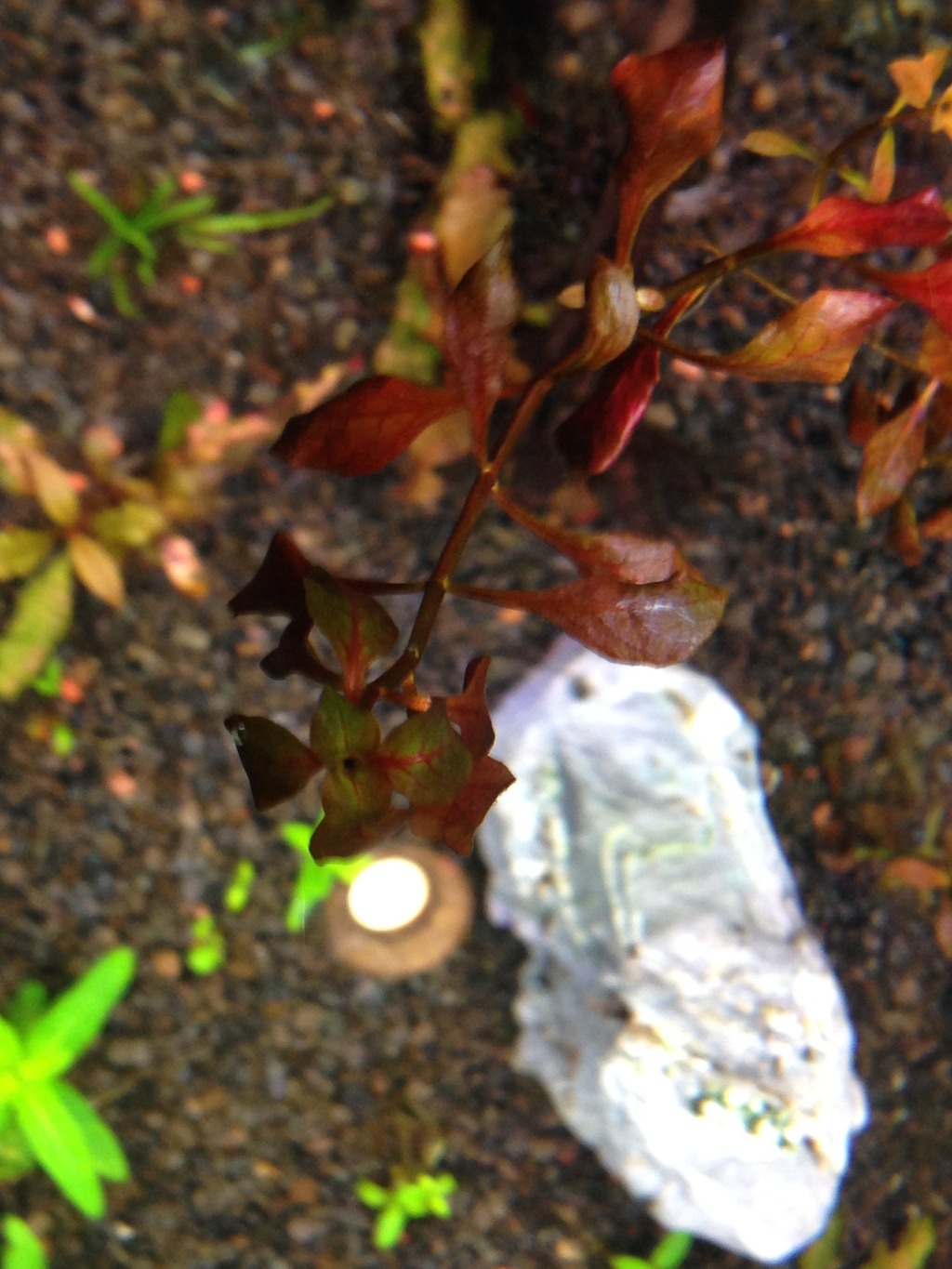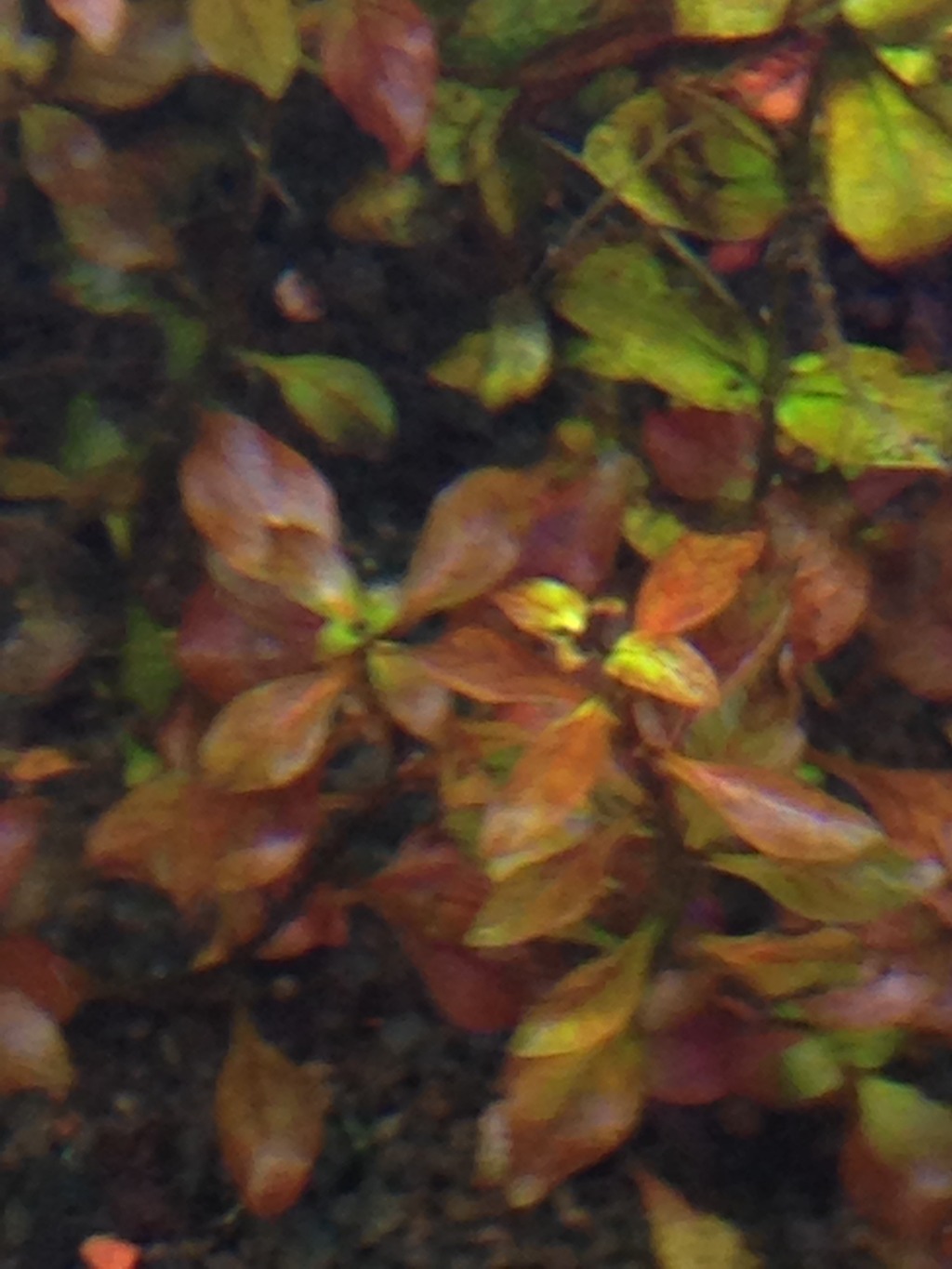Some observations, CO2 is cranking and i turned the light down to like 40%. The tank is still pearling like no tomorrow...
Sent from my iPhone using Aquarium Advice
My advice to you Carl is to crank that light right back.
PEARLING DOES NOT MEAN HEALTHY PLANT GROWTH
As you know a correct combination of light, carbon and ferts creates healthy growth
Ferts are the easiest part to get correct. Dose a bog standard EI mix and you cannot go wrong! Ditch the PPS. Its fine for tanks that are going well but you've had issues for ages.
As you are able to dim your lighting then this is also easy to control. Light drives photosynthesis, therefore is the key element.
Co2 is arguably the most difficult part to get right. Therefore its best you make this the 'limiting factor' in plant growth.
Think of photosynthesis as an assembly factory. Each conveyor belt is part of the finished product (photosynthesis). The conveyor belts are LIGHT, CARBON, NITROGEN, POTASSIUM, PHOSPHOROUS. In an ideal world all the parts reach the assembly point at the same time to make photosynthesis. If one of the belts moves slower the whole production line is slowed to that speed.
For example. High light, high ferts, low carbon. Carbon is the limiting factor and photosynthesis will slow to the rate determined by carbon. The excess light and ferts are then readily available to algae.
Now another example...
High light, high carbon, low ferts. Now ferts are the limiting factor in the triangle. Plants will grow fast under the higher lighting/carbon conditions, but growth will be unhealthy and full of deficiencies. Algae will take advantage of the organic breakdown of the unhealthy plant.
Now if you make light the limiting factor, you get more room for manoeuvre. Your plants will demand less carbon and less ferts for growth. Think of the conveyor belt example. Algae cannot take a true foothold as there is neither unhealthy plants or excess light to take advantage of.
Hope this makes sense.....
Now you pm'd me asking about relationship between kH and co2.
To get the desired lime green drop checker it is believed you need to achieve a 1pH drop before lights on. This equates to roughly 30ppm co2.
For example you get a reading of 7.3pH before co2 on. At lights on your looking to get a pH reading of 6.3. This ensures a lime green drop checker and also provides a 'recommended' ppm of co2. A pH pen is a necessity for this. Liquid tests just are not accurate enough.
Now the lower the kH the less buffering ability the water has. This means the waters pH is easily affected by the acidic co2. The higher the kH the less affected the water is by co2.
Low kH = less co2 to drop pH 1 unit
High kH = more co2 to drop pH 1 unit
Research co2/pH solubility charts and pH profiles within aquariums.
Hope this is helpful for you. Information may not be totally accurate but this is my understanding of the chemistry and processes involved in our tanks
Sent from my iPhone using Aquarium Advice

